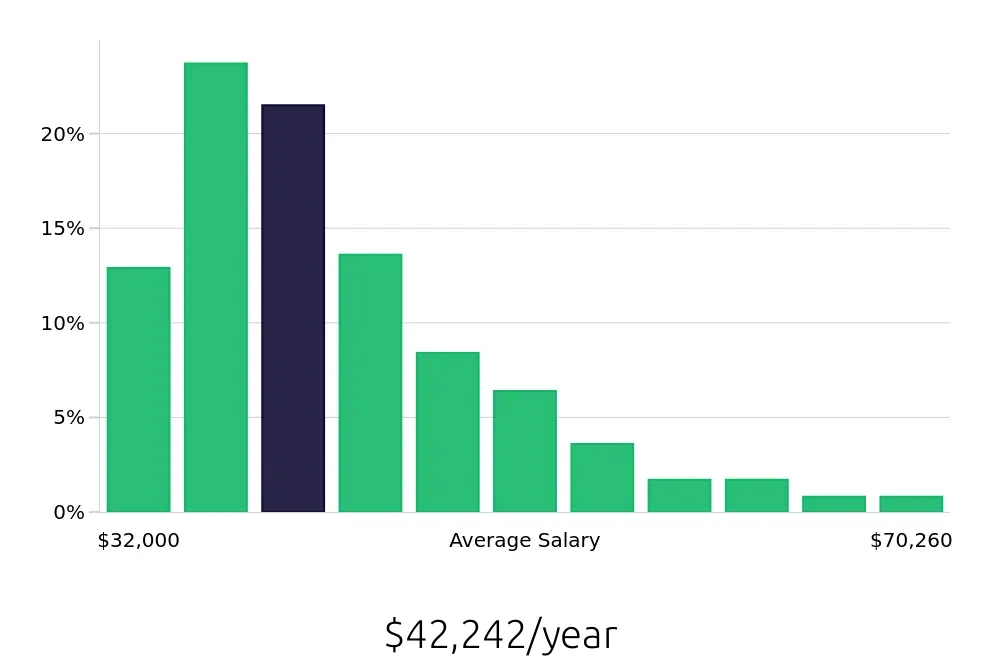Position
Overview
A phlebotomist plays a crucial role in the healthcare system. They specialize in drawing blood from patients for tests, transfusions, donations, or research. This task requires precision and care to ensure patient safety and accurate results. Phlebotomists work in hospitals, clinics, and blood donation centers. They must follow strict protocols to maintain hygiene and prevent infections.
The job of a phlebotomist involves more than just drawing blood. They prepare patients for the procedure, explain the steps, and provide comfort. Phlebotomists also label and handle blood samples correctly. They need to be detail-oriented and have excellent communication skills. This role is essential for diagnosing diseases and monitoring patient health. Phlebotomists work closely with doctors, nurses, and laboratory technicians to ensure the best patient care.
Becoming a phlebotomist offers a rewarding career in healthcare. This role is essential for collecting blood samples for testing and transfusions. It involves direct interaction with patients and healthcare professionals. Phlebotomists must be detail-oriented and compassionate. They need to ensure patient comfort and safety during procedures.
The journey to becoming a phlebotomist involves several key steps. Each step is designed to prepare individuals for the responsibilities of the job. Following these steps can lead to a successful career in this vital healthcare role. Here are the steps to consider:
The journey to becoming a phlebotomist can vary in length. Most programs take between a few months to a year. These programs offer hands-on training and classroom education. They cover topics like anatomy, patient care, and blood collection techniques. Some programs may also include an internship or clinical experience.
After completing a phlebotomy program, individuals can take a certification exam. Passing this exam is often required to work as a phlebotomist. The exam tests knowledge of blood collection procedures and safety practices. Once certified, phlebotomy professionals can start their careers in hospitals, clinics, and labs. With experience, they can advance to higher positions or specialize in areas like pediatric or geriatric phlebotomy.
A Phlebotomist is responsible for drawing blood from patients for medical testing, transfusions, donations, or research. This role requires a high level of accuracy and attention to detail to ensure patient safety and the integrity of the samples collected.
Responsibilities:
Qualifications
A career as a phlebotomist offers a unique blend of medical expertise and patient interaction. This role involves drawing blood for tests, transfusions, or donations. Phlebotomists work in hospitals, clinics, and labs. They must follow strict safety and hygiene protocols. This job provides a stable career path with opportunities for growth and specialization.
Choosing this career path has its own set of advantages and challenges. Consider these pros and cons to make an informed decision. Phlebotomists enjoy a steady demand in the healthcare industry. They often work in shifts, which can offer flexible scheduling. This role provides direct patient interaction, allowing for meaningful connections. However, it can also be emotionally demanding. Phlebotomists must handle needles and blood, which may not be suitable for everyone. The job can be physically taxing, requiring long periods of standing and repetitive motions.
Here are some pros and cons to consider:
The job market for phlebotomists shows promising growth. The BLS reports an average of 257,100 job positions per year for phlebotomists. This number highlights a steady demand for skilled professionals in this field. Job seekers can expect a stable career path with ample opportunities.
The job outlook for phlebotomists is positive. The BLS predicts a 10.4% increase in job openings from 2022 to 2032. This growth rate indicates a growing need for healthcare services. Phlebotomists will play a crucial role in meeting these needs. This trend makes it an excellent time for job seekers to enter the field.
Phlebotomists earn a competitive salary. The BLS reports an average national annual compensation of $43,940. Hourly, the average compensation is $21.13. These figures reflect the value of the skills and responsibilities phlebotomists bring to healthcare settings. Job seekers can look forward to a rewarding career with good financial prospects.
